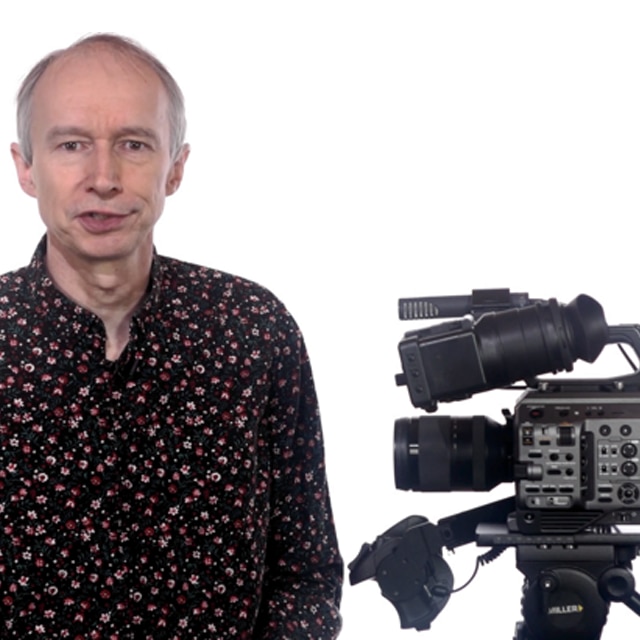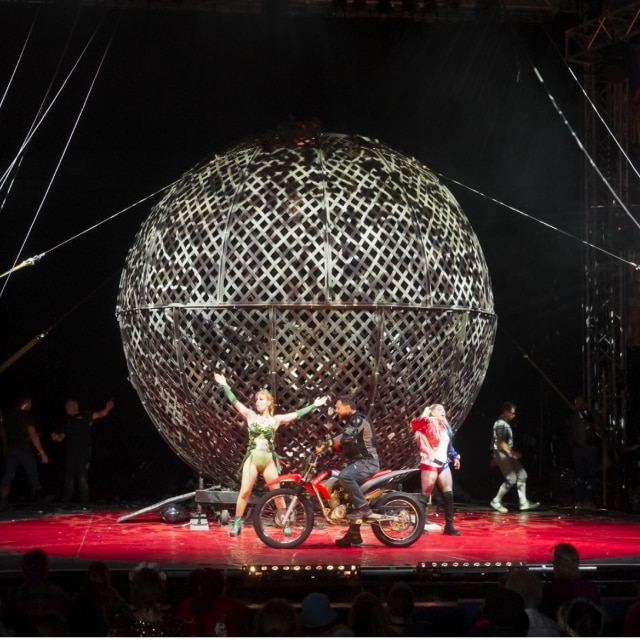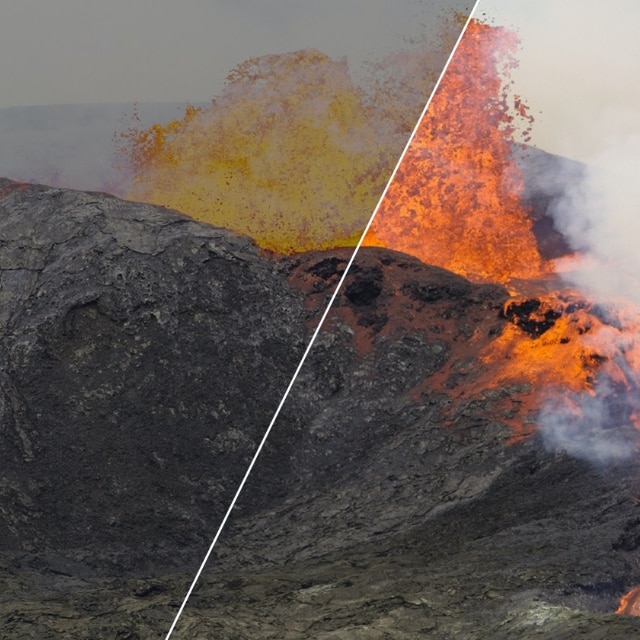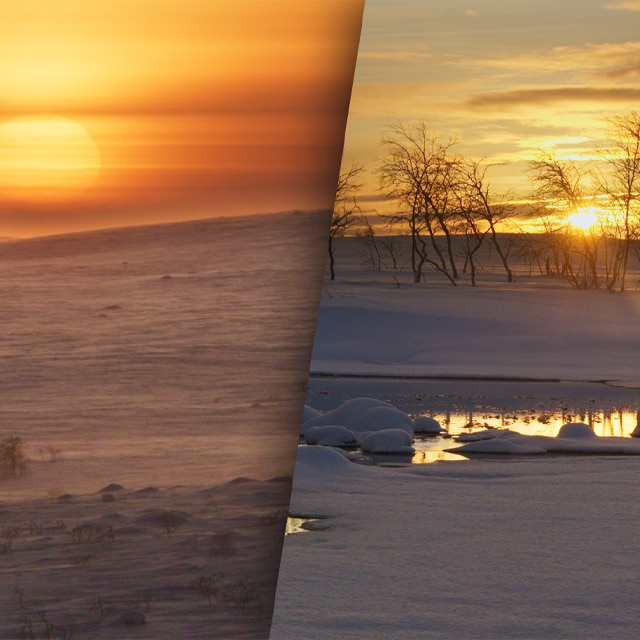
Into The Storm with FX6
Alister Chapman revisits ‘Tornado Alley'
Many years ago, I pitched an idea to National Geographic for a documentary about Storm Chasing. I then spent a month chasing and filming violent thunderstorms across the central part of the USA known as ‘Tornado Alley’. It was immensely enjoyable and highly addictive, so I now return to the US every spring to capture these incredible storms.
Supercells in HDR
Chasing severe storms, known as Supercells, is always challenging – particularly forecasting where they will form and getting into just the right spot to view. Get it right and you’re rewarded with the spectacle of seeing a gigantic thunderstorm turning and twisting through what might be an otherwise blue sky. You often get a lot of different colours as the storms form around sunset, glowing orange with the setting sun and at the same time containing intense blues and greens caused by light diffracting through the giant hail these storms produce.
Capturing these colours is a huge challenge for any camera. You are often dealing with a vast dynamic range going from near complete darkness under the base of the storm to an intensely bright sky behind. So, you need a high dynamic range camera with excellent low light performance and in addition, for lightning, a very fast sensor readout speed. It also helps if the camera is compact and portable. Sony’s FX6 ticks all these boxes so that was the camera I decided to use for my 2022 trip.

The chase begins…
A typical chase day starts early in the morning looking at weather charts trying to determine where the best storms will form. Then you get in the car and drive, often hundreds of miles to get to where you hope you will see storms.
After that it’s a matter of waiting. When storms do get going things happen fast, very fast. You can go from a clear blue sky to a violent, menacing storm in less than an hour. I like to capture this early storm formation stage using time-lapse. The FX6 has a built-in interval record function that allows you to shoot single frames at an interval of your choosing from 1 sec to 24 hours. For most weather or cloud related timelapses, intervals of between 1 and 5 seconds generally work well.
Previously I’ve used super 35mm sensors to shoot storms, but this was the first time shooting storms with a full-frame video camera. One thing I did become aware of, especially late in the day and in low light, was that it becomes difficult to have both the distant storm clouds as well as the near foreground in focus at the same time. When shooting a large panorama or vista you do want at least some of the foreground to be in reasonable focus. But with very large sensors and large apertures if you focus on the foreground, the clouds and distant lightning go slightly out of focus. As a result, the shot doesn’t look great. Thankfully, the FX6’s dual ISO function allowed me to switch up to its high base sensitivity of 12,800 as soon as the light levels started to fall off, allowing me to use a smaller aperture to maintain a deeper depth of field to retain better focus for both the foreground and background.

Catching Lightning
Once the storms have formed, one of the next things I often end up shooting is lightning taking advantage of the FX6’s Picture Cache Record function. With this the camera stores what the sensor sees for up to 30 seconds in an internal memory. Then when you press record, the contents of the memory, captured prior to when you pressed the record button, are written to your memory card before the camera then continues to record normally. This means that all I have to do to capture great lightning shots is – point the camera in the right direction, make sure I’m in focus, turn on cache record, wait for the lightning to happen and then press the record button.
When shooting timelapses of thunderstorms, another trick I use is to combine the cameras slow shutter function (SLS) with the time-lapse function to capture more of the lightning. If you are capturing time-lapse with normal shutter speeds, the shutter is only open for a fraction of a second for each frame captured. As a result, you will miss most of the lighting as it will typically strike during the long interval between each captured frame. But by using the slow shutter you can have the shutter open for a much greater length of time increasing the chances of capturing the lightning bolts in your time-lapse frames.
At night once again the FX6 really shines thanks to its second high base ISO of 12,800. While not entirely noise free, compared to most other cameras there is very little noise and it allows me to get shots of the storms at much lower light levels than I have in the past.
Download Free Storm LUT
This LUT, which I have called “storm” is a high contrast LUT designed to bring out the subtle textures that are present in clouds and thunderstorms. It can also be used for panoramas and other nature shots. It enhances blue skies and mid-range contrast while leaving other colours neutral. It’s included in my updated LUT collection for Sony.

600 miles a day
During my spring storm chasing trip I drove on average, 600 miles each day. Over two weeks I travelled over 8000 miles visiting the states of Colorado, Wyoming, Montana, South Dakota, Nebraska, Kansas, Oklahoma, and Texas. I captured over six hours of storm content, seeing storms on most days. However, there were very few tornadoes this year. I did see and capture a couple, but they weren’t particularly photogenic. I have no doubt that next spring I will travel to Tornado Alley once more to try once again to capture more of nature’s fury and majesty with my trusty and highly capable Sony cameras.





